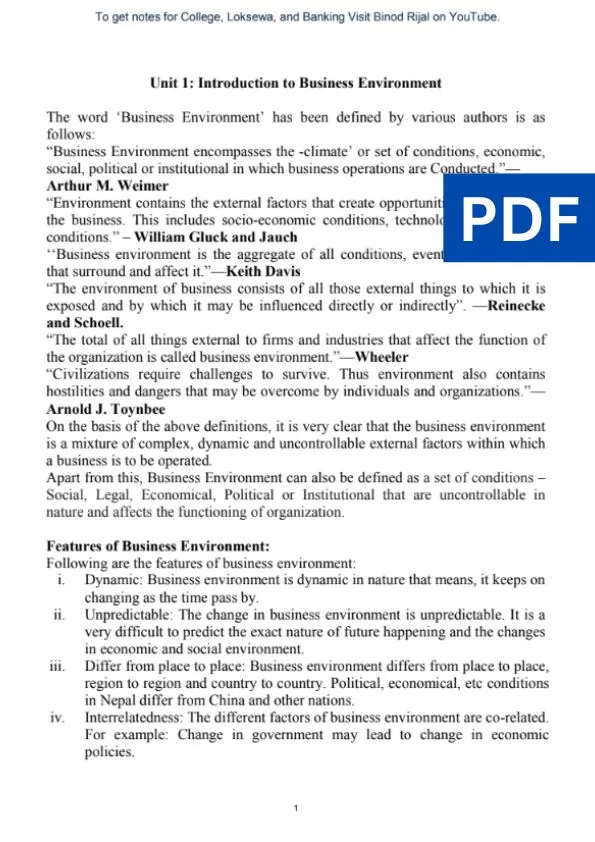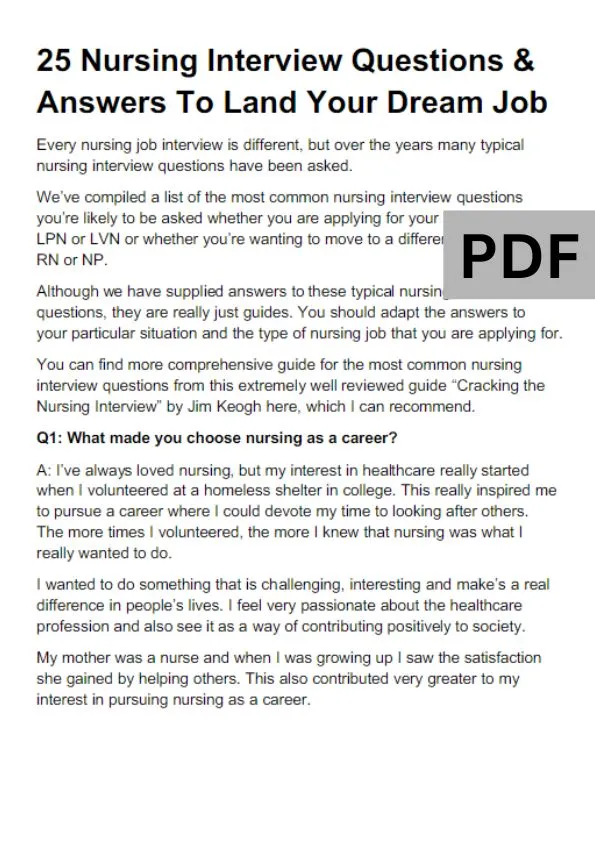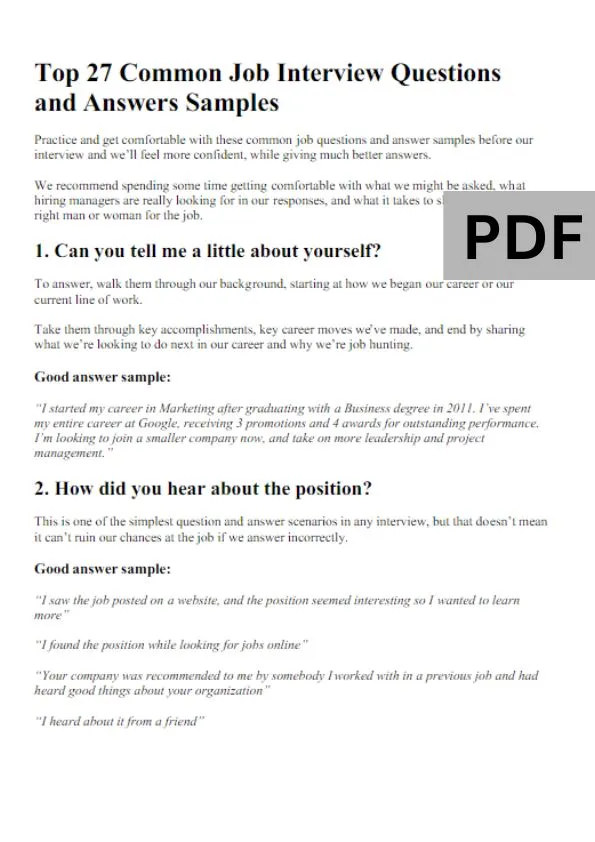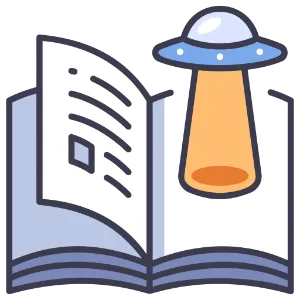Here, we are going to share the Thin Layer Chromatography PDF with you. Also we will share the basic details like PDF Size, No. of Pages…etc along with the PDF Summary.
Thin Layer Chromatography PDF Overview

| PDF Name | Thin Layer Chromatography PDF |
| Language | English |
| PDF Size | 310 KB |
| No. of Pages | 7 |
| Category | Education |
| Sources | Public Domain |
| Quality | Readable |
Thin Layer Chromatography PDF Summary
Thin Layer Chromatography (TLC) is a widely used analytical technique in chemistry and biochemistry for separating and identifying compounds in a mixture. It is a quick and cost-effective method that relies on the differential migration of compounds through a thin layer of adsorbent material, typically coated on a glass or plastic plate.
Key points about Thin Layer Chromatography (TLC):
Principle: TLC works on the principle of differential partitioning of compounds between a mobile phase (usually a solvent) and a stationary phase (the adsorbent layer). Compounds with different affinities for these phases will move at different rates, leading to separation.
Procedure: In a typical TLC procedure, a small spot of the sample mixture is applied near the bottom of the TLC plate. The plate is then placed in a developing chamber with a solvent. As the solvent travels up the plate via capillary action, it carries the sample components with it. The compounds separate into distinct spots on the plate.
Visualization: After development, the TLC plate is removed from the chamber and dried. Compounds on the plate can be visualized using various techniques, such as UV light, iodine vapor, or chemical reagents that react with specific functional groups.
Rf Value: The Retention Factor (Rf) value is used to quantify the relative movement of a compound on the TLC plate. It is calculated as the ratio of the distance traveled by the compound to the distance traveled by the solvent. Each compound has a characteristic Rf value under specific conditions.
Applications: TLC is used in various applications, including drug analysis, food chemistry, environmental monitoring, and forensics. It is particularly valuable for quickly checking the purity of synthesized compounds and identifying unknown substances.
Advantages: TLC is known for its simplicity, speed, and low cost. It requires minimal equipment and is suitable for qualitative analysis. Multiple samples can be analyzed simultaneously on a single plate.
Limitations: While TLC is excellent for qualitative analysis, it may not provide precise quantitative results. The separation power is lower compared to other chromatographic techniques like high-performance liquid chromatography (HPLC). It’s also sensitive to factors like temperature and humidity.
In summary, Thin Layer Chromatography is a versatile and accessible technique for separating and analyzing mixtures of compounds based on their differential migration through a thin adsorbent layer. It plays a crucial role in various fields of chemistry and is a valuable tool for researchers and analysts.
Thin Layer Chromatography PDF Download Link
To download the Thin Layer Chromatography PDF click on the Download PDF Now button given just below
Report This: We do not own the copyrights to this PDF file. It is available for free download, likely uploaded by users or found on public domains, and is intended for educational purposes. If this Thin Layer Chromatography PDF infringes on copyrights, please Report us via comment section or reach us at Here, and it will be removed within 24 hours.












